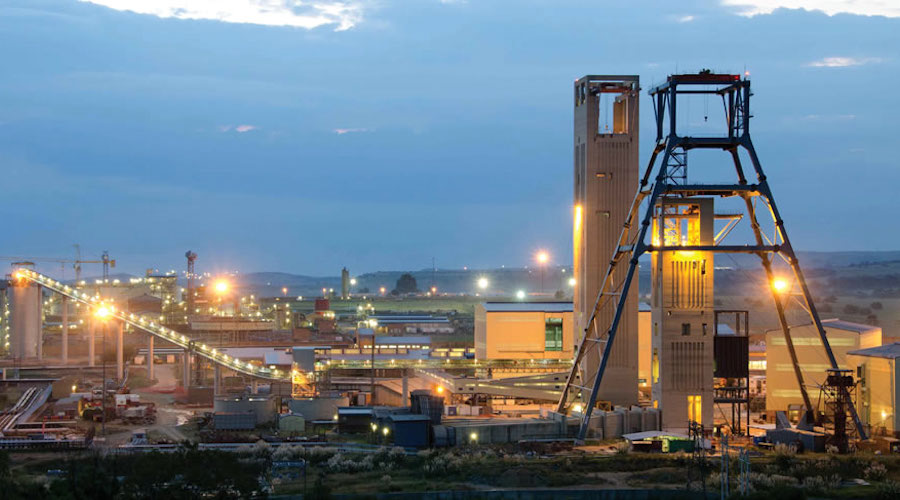The combined company, which will be based in Johannesburg, will have a market capitalization of $15.9 billion. Gold Fields shareholders will own around 61% of the miner’s stock, while Yamana holders will own the remaining 39%.
The move fits Gold Fields’ ambitions of expanding across the Americas, particularly in the Southern Hemisphere, despite investor concerns over populist policies and risks of higher mining taxes there.
Chief executive officer Chris Griffith, who qualified the acquisition of Yamana as a “monster deal”, said the transaction provided a solution to the relatively short lifespan of Gold Fields’ existing operations.
Griffith also said Gold Fields has been looking for assets that would complement its growth strategy and provide operational synergies.
“That’s what the Yamana assets do, they tick all those boxes for us. They bring high quality assets in Canada, Chile and Brazil, with great pipeline projects in both Canada and Argentina in particular,” Griffith said in a presentation.
The Toronto-based miner’s asset portfolio includes the development-stage Wasamac project in Quebec, Jacobina gold mine in Brazil, Cerro Moro gold-silver operation in Argentina, and two early-stage projects in Chile. It also holds a 50% stake in Malartic, Canada’s largest operating open pit gold mine.
Waiting for Salares Norte
Gold Fields, with operations in Australia, West Africa and the Americas, has only one mine left in the home country — South Deep. Its portfolio includes three operations in Ghana, the Cerro Corona mine in Peru, and the Salares Norte project in Chile, where the company has encountered some hiccups.
First the company had to deal with relocating a small population of endangered chinchillas and is now facing potential sanctions from the country’s environmental regulator due to the death of specimens of culpeo fox in the area. The company has said the project is on track to begin production in the first quarter of 2023.
RELATED: 25 chinchillas stand between Gold Fields and $7bn worth of Chilean gold
Apart from Salares Norte mine in Chile, “we don’t have any projects in the pipeline or any way of countering the decline in production that is due to come from Gold Fields over the next number of years,” Griffith noted.
The new Gold Fields could see its total output climb to 3.8 million ounces from 2024 as Salares Norte begins contributing to overall production, which would make the company the third-biggest gold miner, Griffith said. Within a decade, the CEO sees Gold Fields potentially increasing production to 4.8 million ounces.
Analysts believe there won’t be a competing offer for Yamana. “The most logical potential interested bidder is Agnico Eagle (TSX, NYSE: AEM), which has a joint venture with Yamana on the Canadian Malartic / Odyssey South mine and project in Quebec,” BMO metals and mining expert, Jackie Przybylowski, said in a note to investors.
“Agnico Eagle’s recent merger with Kirkland Lake will likely occupy management’s time and limits the company’s bandwidth for another major transaction at this time,” Przybylowski wrote.
Gold Fields said Yamana’s board has unanimously approved the deal, which is expected to close in the second half of 2022.





